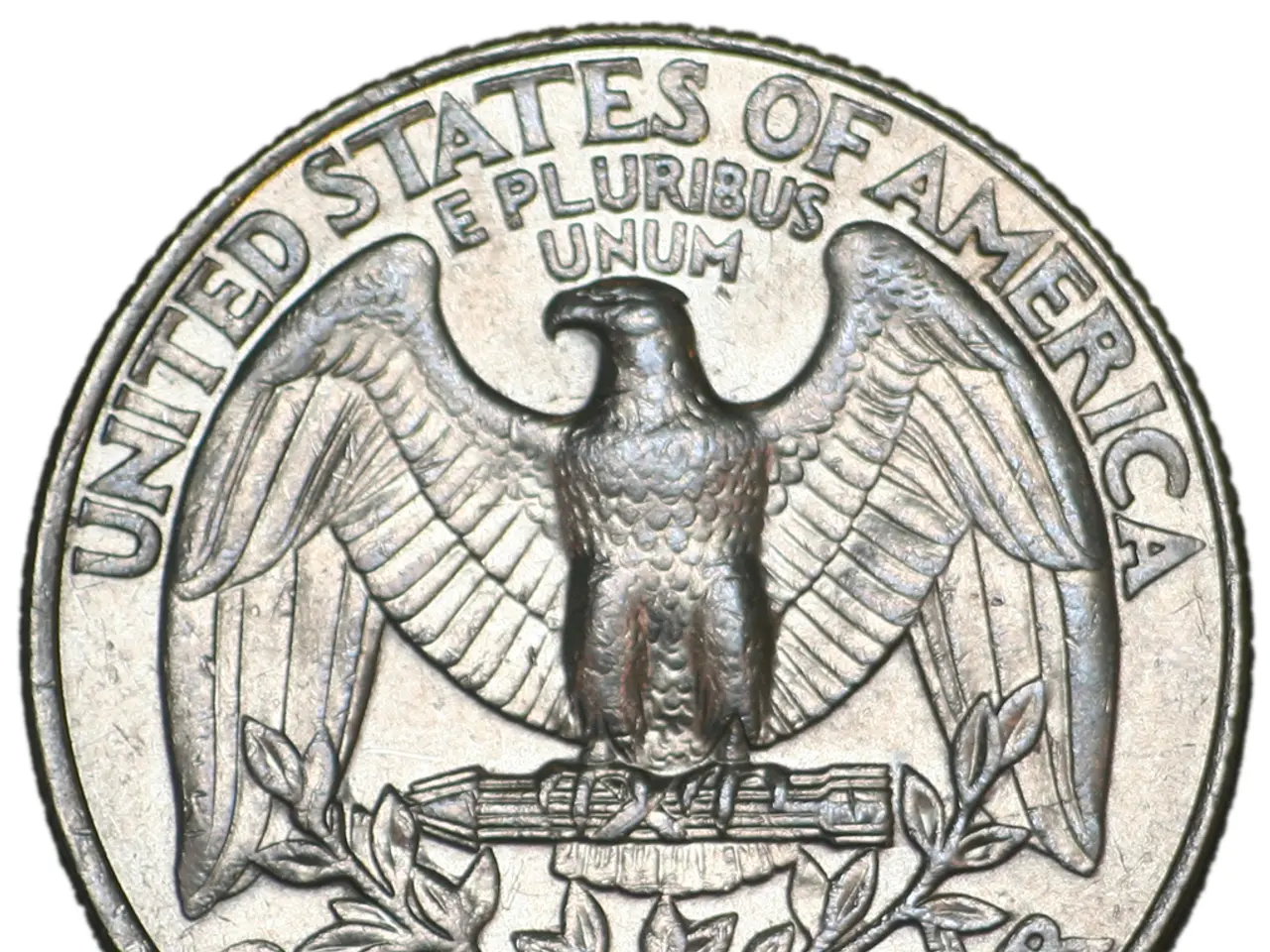Chronicle of Synthetic Diamond Manufacturing
The history of lab-grown diamonds dates back to the mid-20th century, with significant advancements over the decades that have made these synthetic stones a viable alternative to their natural counterparts.
The Birth of Lab-Grown Diamonds
The first successful production of lab-grown diamonds was achieved by General Electric (GE) in 1954 using the High Pressure High Temperature (HPHT) process. These initial diamonds were small, yellowish, and primarily used for industrial purposes [1]. In 1971, GE advanced the technology to produce the first gem-quality lab-grown diamonds, sized roughly 0.26 to 0.30 carats, with color grades from F to J. These stones were analysed by the Gemological Institute of America (GIA), marking a critical step towards gem-quality synthetic diamonds [1].
Early gem-quality lab-grown diamonds were often yellow due to excess nitrogen impurities and exhibited many inclusions. This limited their market appeal and economic competitiveness with natural diamonds [1]. Over subsequent decades, ongoing research in the US, Russia, and China improved crystal quality, reduced impurities, and allowed production of larger, clearer, and sometimes colorless diamonds that could rival or even exceed natural diamonds in size, clarity, and color [1].
The Emergence of CVD Diamonds
Another significant methodological development was the Chemical Vapor Deposition (CVD) process, a more recent innovation allowing diamond creation one atomic layer at a time by decomposing carbon-rich gases onto diamond seeds. CVD diamonds are chemically and physically identical to natural diamonds, further expanding lab-grown diamond capabilities and market presence [2]. The first patent for CVD was issued in the 1950s, but it took until the 1980s for scientists to refine the process to produce gem-quality diamonds.
The Modern Era of Lab-Grown Diamonds
In the 2020s, lab-grown diamonds have increasingly revolutionized the jewelry industry, particularly the engagement ring market, by offering affordable, high-quality diamonds indistinguishable from natural stones to consumers and jewelers alike [2][3]. By 2021, lab-grown diamonds were projected to account for 7.5% of jewelry sector sales worldwide [4].
Today, the method for creating lab-grown diamonds, known as chemical vapor deposition (CVD), allows scientists more control over the properties of the diamonds and makes possible the production of large, gem-quality diamonds. In 2020, lab-grown diamond production was estimated to be between 6 and 7 million carats, primarily from China, India, and the U.S. [5].
Even De Beers, the world's largest diamond mining company, has entered the lab-grown diamond market with a line called Lightbox to meet the rising demand. The demand for lab-grown diamonds is increasing every year, with younger buyers finding them especially appealing due to their lower prices and ethical sourcing [6]. In February of 1953, ASEA became the first to grow 40 small diamond crystals, and in July 2019, the GIA updated its terminology on lab-grown diamond reports to read "lab-grown" to avoid consumer confusion [7][8].
In conclusion, from GE's initial HPHT breakthrough in 1954 to modern advances in HPHT and CVD techniques, the history of lab-grown diamond production reflects a gradual evolution from industrial-grade stones to high-quality gemstones competitive with natural diamonds in the luxury market.
References: 1. History of Lab Grown Diamonds 2. The Evolution of Lab-Grown Diamonds 3. The Rise of Lab-Grown Diamonds 4. Lab-Grown Diamonds on the Rise 5. The Global Lab-Grown Diamond Market 6. The Growing Appeal of Lab-Grown Diamonds 7. GIA Updates Terminology for Lab-Grown Diamonds 8. ASEA's Early Success in Growing Diamond Crystals
- As science and technology advanced, the newly developed gem-quality lab-grown diamonds, initially analyzed by the Gemological Institute of America (GIA) in the 1970s, have since become important components in the field of mineralogy, offering a remarkable transition from industrial stones to high-quality gems that can rival natural diamonds.
- The increasing popularity of lab-grown diamonds in the jewelry industry, particularly in the engagement ring market, influenced by factors like affordability and ethical sourcing, has significantly expanded their market presence and transformed the lifestyle of many, making them a desired choice for gemology enthusiasts and consumers worldwide.
- With the advent of modern advancements in science, such as the Chemical Vapor Deposition (CVD) process, which allows for precise control over the properties of lab-grown diamonds and facilitates the production of large, gem-quality stones, the intersection of technology and diamond jewelry has never been more intriguing.




